
In the past couple of days, Donald Trump has been speaking about the possibility of the United States formally entering the Israeli war against Iran. And as of this evening, the U.S. has begun bombing Iran. But the reality is the United States has been at war with Iran ever since the victory of the Islamic Revolution.
The latter war has been part of what Andrew Bacevich has called in his 2017 book “America’s War for the Greater Middle East,” a war that began in 1980 “with failure in the desert” and has dragged on ever since.
In response to Trump’s imposition that Iran give in to “unconditional surrender,” Ayatollah Khamenei said in a televised address, “The Iranian nation will stand firmly against any imposed war, just as it always has. The Iranian nation also firmly opposes any imposed peace. The Iranian nation will not capitulate to anyone in the face of coercion.”

In times of crisis and war, what is often missed is a deep analysis of the ideational structures that lead major players to take certain moves. It is the aim of this writing to take a step to fill that gap.
The question is what is the ideational structure that leads Ayatollah Khamenei to express such an assessment of the Iranian nation’s response to the current phase of the Zionist-American hybrid war against Iran. To address these questions, one must first address the meaning of independence for the Islamic Revolution and then tackle the United States’ approach to independent nations. It is argued here that the current imposed Zionist-American war on Iran at a time when Iran was in the midst of negotiations needs to be placed in this bigger context.
A Strong, Independent Iran
Considering the situation in Iran in the years between the 1953 Anglo-American coup and the 1979 victory of the Islamic Revolution, one of the most important achievements of the Islamic Revolution was the dismantlement of a client-patron relationship with the United States. What happened in the Islamic Revolution was not merely the overthrow of an authoritarian monarchy, but the overthrow of an authoritarian client of the United States. As such, one of the main principles of the Islamic Revolution of Iran has been a sustained system of independence from foreign interference.
Article 152 of the Constitution reads, “The foreign policy of the Islamic Republic of Iran is based on the rejection of any kind of domination, both its exercise and submission to it; the preservation of the all-inclusive independence of the country and its territorial integrity; the defense of the rights of all Muslims; non-alignment in relation to the domineering powers; mutual peaceful relations with non-aggressive states.”
In this context, independence is seen as a multi-layered process, not a product. On the first layer, the achievement of independence involves the decolonization of the mind in such a way that a nation not only wants to be truly sovereign, but that it sees dependence on outside powers as contrary to Tawhid (the belief in the ultimate sovereignty of God). Thus, independence is not viewed as an option; it is an obligation.
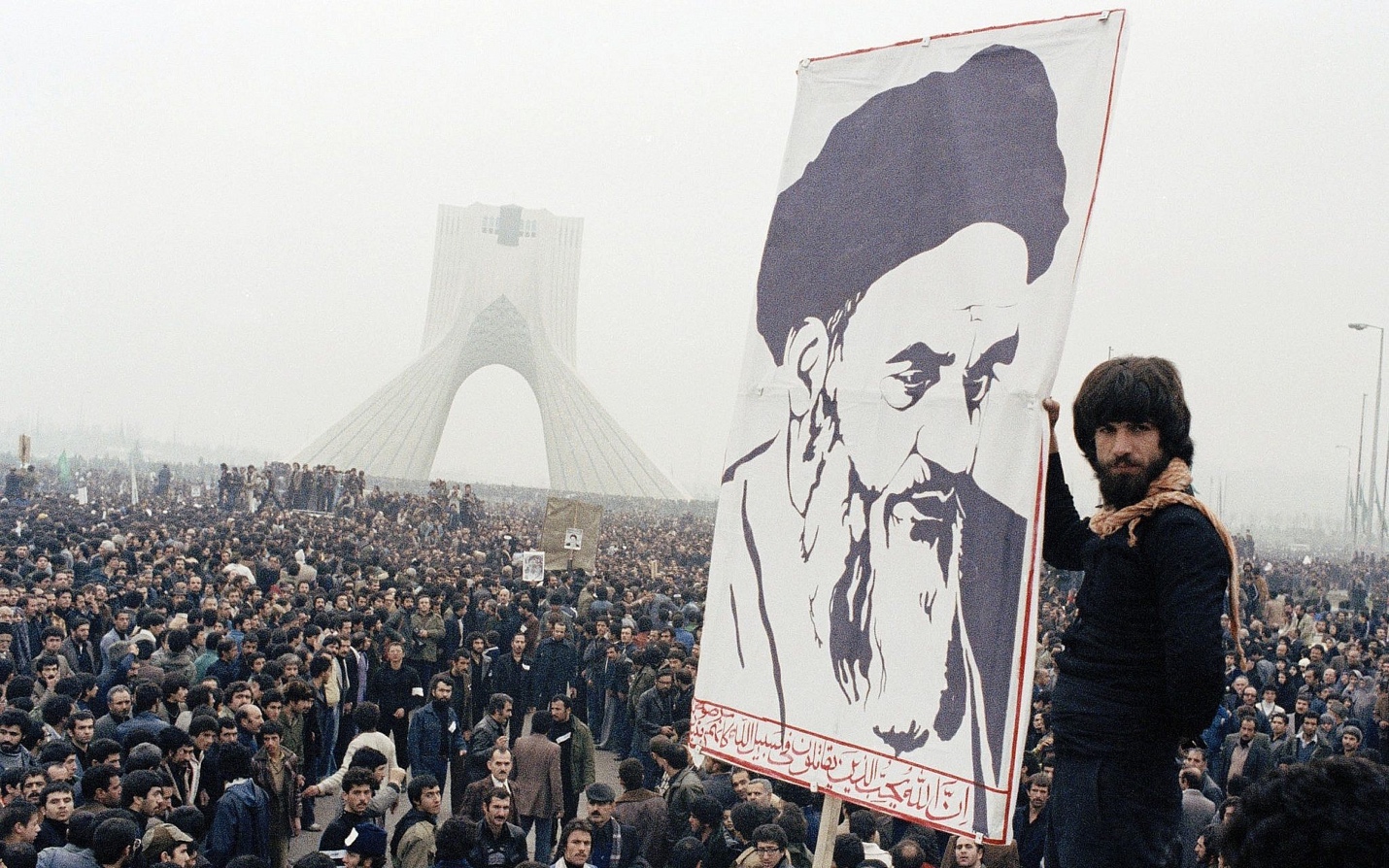
On the second layer, the achievement of independence entails a full-fledged attempt at national empowerment; i.e., working toward the goal of a strong Iran. As an example, a peaceful nuclear capability is viewed in the context of achieving scientific progress and technological independence. Economic, political, cultural, and military empowerment is also seen in the context of independence.
On the third and final layer, the achievement of independence involves the management of foreign relations in such a way as to achieve a unified global front from among independent-oriented nations against the domineering global powers. Thus, coalition-building would happen with a broad goal in mind; i.e., the creation of a “resistance front.”
In this coalition building, two goals are involved: 1) building a coalition in the West Asia region to resist U.S. presence and interference in the affairs of West Asia and 2) building a global coalition to resist U.S. global hegemony. In the decades after the Iran-Iraq War, Iran successfully worked toward the goal of an active resistance front in the West Asia region. Working toward the second goal has mainly involved the Islamic Republic’s attempt at playing a central role in creating a cohesive network of international relations among the countries of the Global South and rising Asian powers.
Iran’s successful operationalization of this hybrid system of independence has been the key reason for United States’ escalating hybrid warfare against the Islamic Republic, and, in this, while the very person of Ayatollah Khamenei has been the main target, it is actually the Iranian nation that is put under pressure to forego this system of independence. While over the past 45+ years of pressure the Iranian nation has sustained much pain from the United States, it has been the U.S. ability to create an American order in the West Asia region based on military and political power that has been put to disarray.
If in 1979 the issue was “why was Iran lost,” the fear has been ever since that the United States’ incremental loss of control over the Middle East could lead to a situation where Americans have to ask “why was the Middle East lost.” The Israeli genocide in Gaza, Israeli war against Lebanon, Syria and Yemen could all be understood within this bigger struggle for the control of the greater Middle East, to which the current war against Iran is the final phase.
The United States: A Declining Empire of Client States
To understand why the United States might wage a hybrid war against Iran because of its independence, one could look at the history of U.S. foreign relations over the past century. This is exactly what Professor David Sylvan and Professor Stephen Majeski did in their 2009 book U.S. Foreign Policy in Perspective: Clients, Enemies, and Empire.
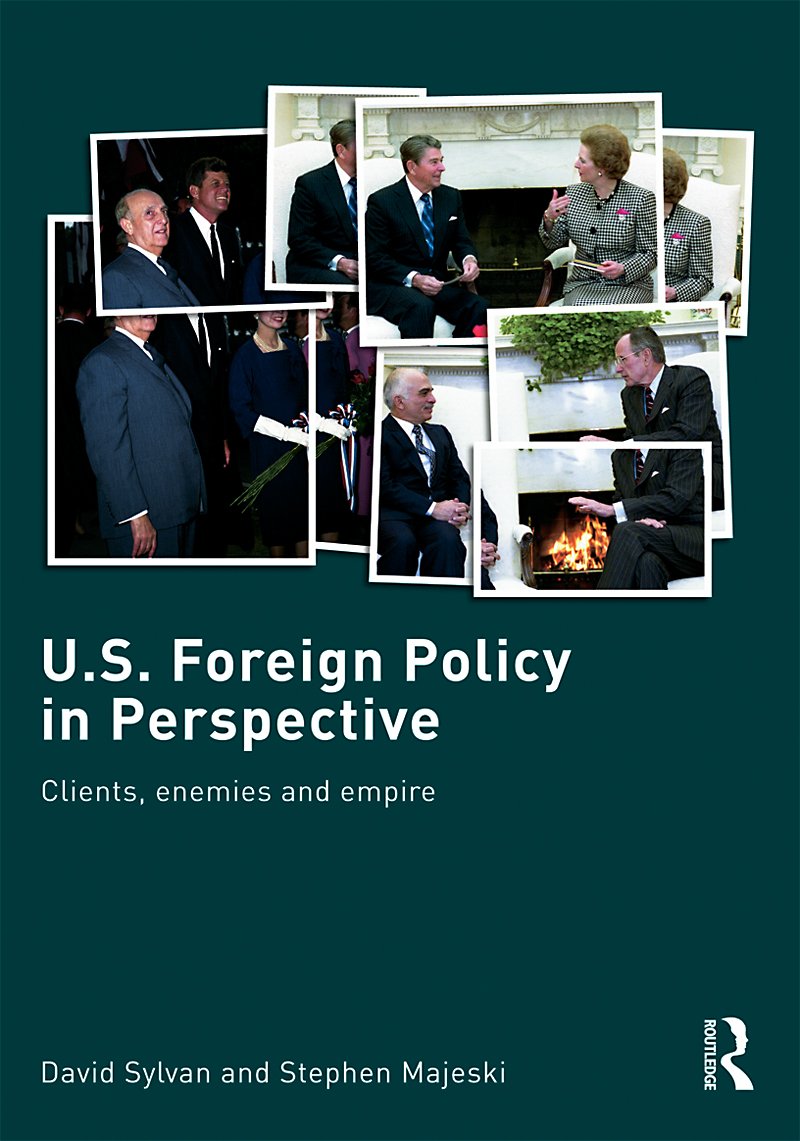
According to Sylvan and Majeski, U.S. foreign policy for at least the last one hundred years has centered around the creation of a network of client states which results in a particular kind of domination or what they call “an empire of client states,” a peculiarly American form of imperialism. In this context, a client state is defined as a country that allows the United States to have complete surveillance and control over its internal affairs and that works toward the fulfillment of U.S. interests in its foreign policy.
Iran under the Shah after the 1953 U.S.-backed coup was one of the most important U.S. clients in the West Asia region. In this client relationship, the U.S. wanted two things from Iran: oppose the USSR and support Israel. As just one instance, it was Iran’s oil that in effect rescued the Zionist regime in the early 1970s from the Arab oil embargo.
According to Sylvan and Majeski’s findings, the history of American foreign relations also shows that the United States begins to develop a hybrid system of hostile relations in response to a client state’s withdrawal from the puppet relationship. The United States views countries as “enemies” who “systematically select to differ from the United States on key political-economic issues in foreign and domestic policy,” to use Sylvan and Majeski’s terms. In this context, the Islamic Republic of Iran is considered an enemy by the United States because of its systematic independence.
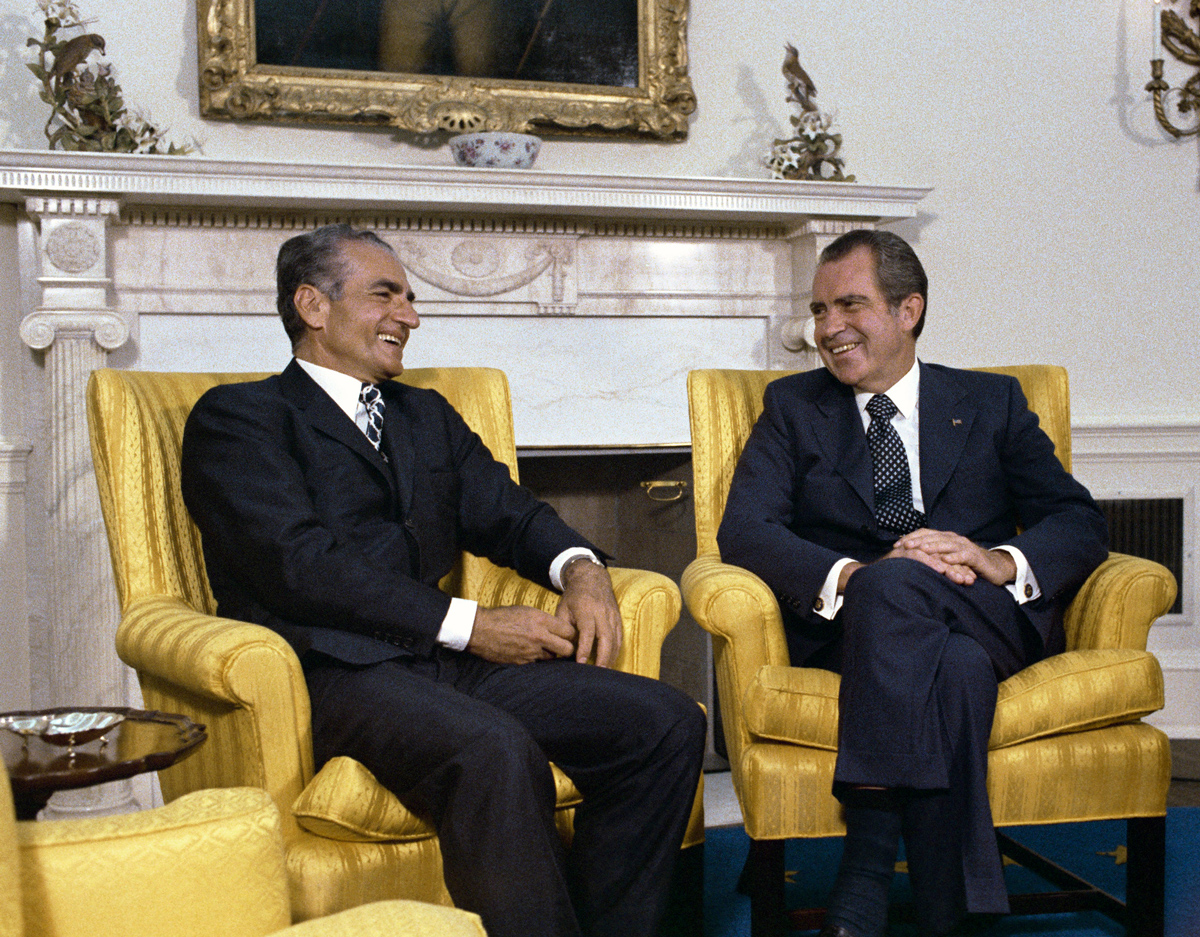
Among the hostile tools the United States uses against enemies enumerated by Sylvan and Majeski are the following: refusing diplomatic recognition, economic sanctions, opposing multilateral loans, blocking the movement of citizens of the enemy country, granting asylum to immigrants from the enemy country, supporting opposition leaders, instigating propaganda and covert psychological operations, and accusing the enemy country of violating basic norms (such as human rights). U.S. military hostile tools include coups, attempts to restrict the transfer of weapons and military technology, assistance to domestic armed opposition forces, full-scale military warfare, sustained and asymmetric attacks, combat operations alongside local insurgent forces, assassinations, and eventually military occupation.
At times, the United States uses tools of engagement such as negotiations, or coercive diplomacy for that matter, to manage enemy countries. What is important is that “only temporary agreements are possible with them, and routine relationships involve a significant amount of mistrust and perhaps obsession,” Sylvan and Majeski find. “If a hostile country enters into an agreement with the United States on a specific issue that is a point of contention with the United States, this is usually seen in Washington as a sign of the success of its policy, and therefore the ground for continuing or even intensifying all kinds of pressure.” This means that in many cases, when Washington has entered into diplomatic engagement with the Islamic Republic, including on the nuclear issue, this has been done with a purely instrumental view and in the direction of managing an enemy state, and not as an engagement based on mutual respect and trust.
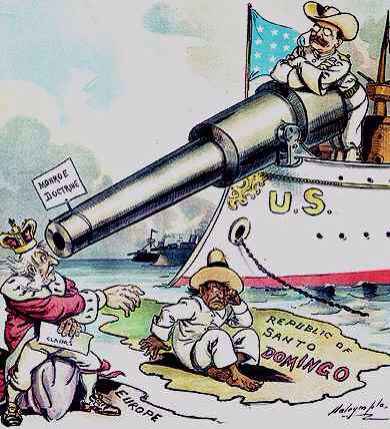
While former colonial powers such as Britain and France now dominate a network of clients of their own, these networks are usually hierarchically lower with respect to the empire of American clients, and in this sense, Sylvan and Majeski consider them within the American network of client states as well.
In this context, one could argue that the United States has been at war with Iran ever since the 1979 Islamic Revolution. This has taken different forms: military warfare in terms of instigating Saddam Hussain to attack Iran and supporting him all along the eight-year Iraq imposed war on Iran and war by other means including economic warfare and instigation of public unrest.
In the 45+ years of warfare, one thing that has remained constant is the use of propaganda. The decision to start regime change operations against the Islamic Republic was made as early as December 20, 1979.
According to a declassified document, former president Carter issued a presidential finding on December 20, 1979, instructing the CIA to work toward bringing down the Islamic Republic, in which case the first tool mentioned was “to conduct propaganda.”

Why is propaganda so important? First, Iran had just experienced an unprecedented Islamic social revolution. So, the most important obstacle in the face of regime change were the Iranian people. Second, as is seen in Sylvan and Majeski’s research, the United States needs to attack the global legitimacy of a country it opposes for it to be able to conduct overt activities toward creating instability and working toward regime change. In the propaganda war, the United States uses all available means at its disposal within its client system.
Understanding the U.S. client system is essential for understanding the current orchestration of anti-Iran hybrid warfare of which the current Zionist attack on Iran is the latest phase. Based on academic studies that look at the history of U.S. foreign relations in the past century, the United States views countries that are systematically independent in their domestic and foreign policies as enemies.
The specific definition of independence in the Islamic Revolution which looks at the concept as a three-layer process consisting of independence of mind (i.e., linking independence to Tawhid), independence as internal empowerment, and international independence as resistance-based coalition building, makes Iran a specific target of U.S. animosity.
At the short term, the United States uses all means available to create instability in the enemy country. The long-term goal is regime change. To encapsulate the argument, while the United States is against a strong, independent Iran, Iran is not to give in to imposed war or imposed peace.
What does this perpetual war mean for the American people? Using Andrew Bacevich’s (2017) concluding remarks in his book, “Perpetuating the War for the Greater Middle East is not enhancing American freedom, abundance, and security. If anything, it is having the opposite effect.” When will this war come to an end? To use Bacevich’s words, “One day the American people may awaken to this reality. Then and only then will the war end.” Let the world hope that today is that moment. Say no to war with Iran.

CovertAction Magazine is made possible by subscriptions, orders and donations from readers like you.
Blow the Whistle on U.S. Imperialism
Click the whistle and donate
When you donate to CovertAction Magazine, you are supporting investigative journalism. Your contributions go directly to supporting the development, production, editing, and dissemination of the Magazine.
CovertAction Magazine does not receive corporate or government sponsorship. Yet, we hold a steadfast commitment to providing compensation for writers, editorial and technical support. Your support helps facilitate this compensation as well as increase the caliber of this work.
Please make a donation by clicking on the donate logo above and enter the amount and your credit or debit card information.
CovertAction Institute, Inc. (CAI) is a 501(c)(3) non-profit organization and your gift is tax-deductible for federal income purposes. CAI’s tax-exempt ID number is 87-2461683.
We sincerely thank you for your support.
Disclaimer: The contents of this article are the sole responsibility of the author(s). CovertAction Institute, Inc. (CAI), including its Board of Directors (BD), Editorial Board (EB), Advisory Board (AB), staff, volunteers and its projects (including CovertAction Magazine) are not responsible for any inaccurate or incorrect statement in this article. This article also does not necessarily represent the views the BD, the EB, the AB, staff, volunteers, or any members of its projects.
Differing viewpoints: CAM publishes articles with differing viewpoints in an effort to nurture vibrant debate and thoughtful critical analysis. Feel free to comment on the articles in the comment section and/or send your letters to the Editors, which we will publish in the Letters column.
Copyrighted Material: This web site may contain copyrighted material the use of which has not always been specifically authorized by the copyright owner. As a not-for-profit charitable organization incorporated in the State of New York, we are making such material available in an effort to advance the understanding of humanity’s problems and hopefully to help find solutions for those problems. We believe this constitutes a ‘fair use’ of any such copyrighted material as provided for in section 107 of the US Copyright Law. You can read more about ‘fair use’ and US Copyright Law at the Legal Information Institute of Cornell Law School.
Republishing: CovertAction Magazine (CAM) grants permission to cross-post CAM articles on not-for-profit community internet sites as long as the source is acknowledged together with a hyperlink to the original CovertAction Magazine article. Also, kindly let us know at info@CovertActionMagazine.com. For publication of CAM articles in print or other forms including commercial internet sites, contact: info@CovertActionMagazine.com.
By using this site, you agree to these terms above.
About the Author

Dr. Hakimeh Saghaye-Biria is an assistant professor at the University of Tehran at the Faculty of Islamic Education and Thought.
She is the mother of four children and lived with her father in Canada for one and a half years. She then went to Houston, Texas and eventually to Louisiana for her studies and returned to Iran in 2009 to complete her Ph.D. in American Studies from the University of Tehran.
Hakimeh’s research has focused on U.S.-Iran relations and Islamophobia in the West. She has also conducted research on the portrayal of women in Western media.
Hakimeh can be reached at: hakimehbiria@ut.ac.ir.

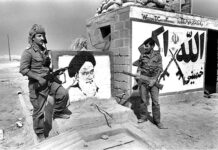

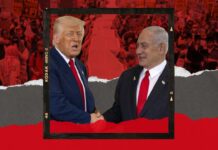
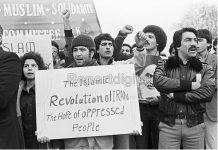
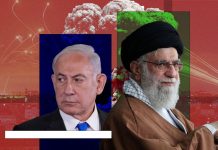

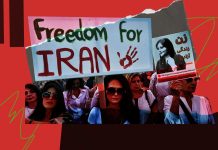
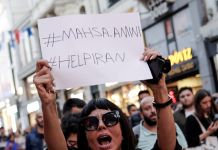
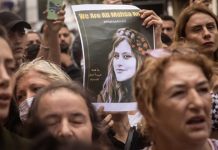

Has there been any improvement in the treatment of the Bahai in Iran? Do you have an update on this situation?
https://opa.bahai.ca/areas-focus/situation-iran/
England-101: Divide et Impera. LOL.
The writer expresses herself in way which seems very intelligent and articulate, but her goal is to present the Iran government as an excellent model for all nations in the world to emulate. For this reason it very unlikely that she would share with readers the fact that this “exemplary
government” is persecuting members of the Bahai religion.